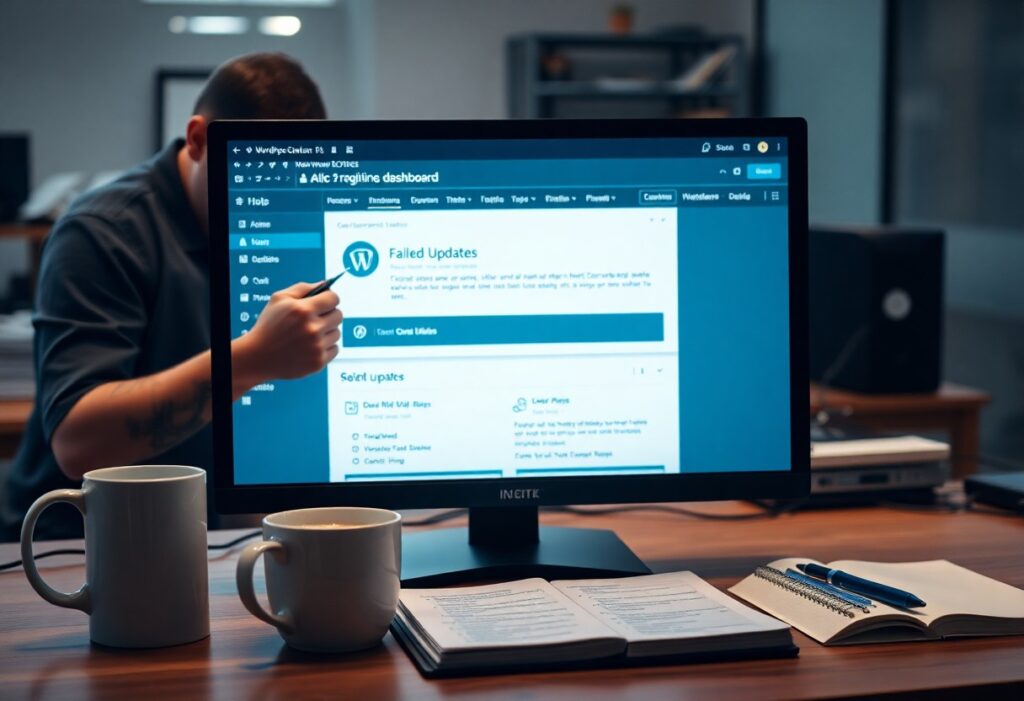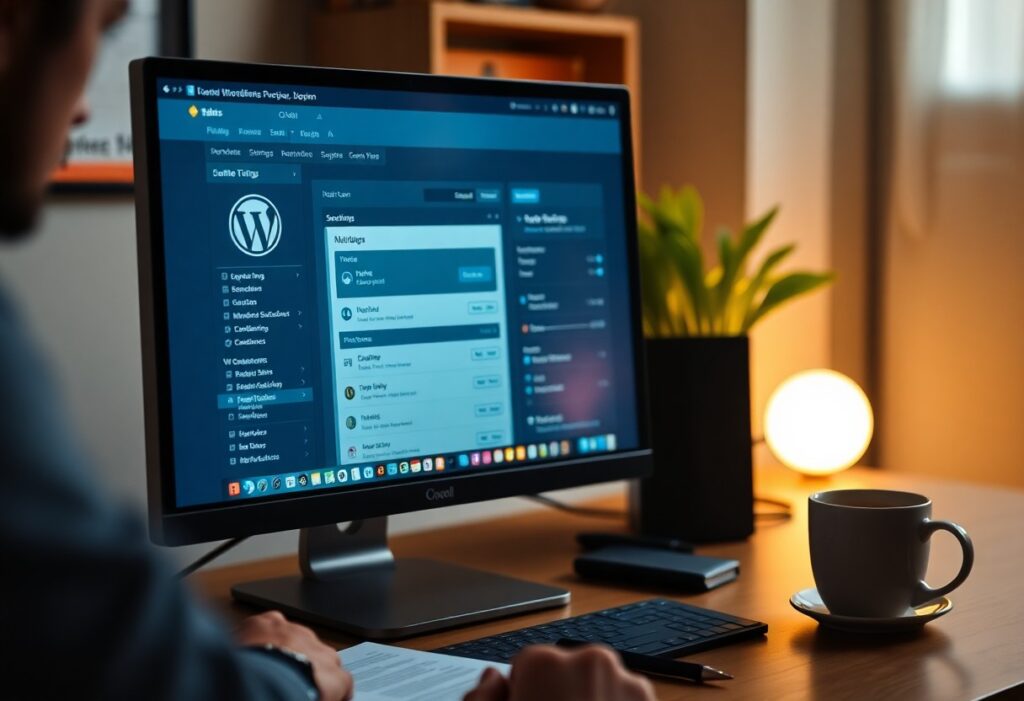Most website owners understand the importance of having a fast site. A slow loading WordPress website can significantly impact user experience and SEO rankings. If you want to ensure that your website performs at its best, follow these step-by-step guidelines to enhance its speed.
First, consider using a reliable hosting provider. Your choice of hosting can heavily influence your website’s loading times. Opt for a provider known for speed and performance, such as those offering solid-state drives (SSDs), which are much faster than traditional hard drives. Additionally, selecting a hosting provider that specializes in WordPress can yield better results.
Next, you should use a caching plugin. Caching plugins store a static version of your pages, reducing the time it takes to load them for returning visitors. Popular options include W3 Total Cache and WP Super Cache. Install one of these plugins, configure it, and experience improved loading times immediately.
Image optimization is another vital aspect. Large image files can significantly slow down your website. You can use plugins such as Smush or EWWW Image Optimizer to automatically compress your images without losing quality. For best practices, always save your images in the appropriate format—JPEG for photos, PNG for graphics with transparency.
Eliminating unused plugins and themes can also contribute to boosting speed. Each plugin adds additional code to your pages, which can slow down your site. Regularly audit your installed plugins and delete any that you no longer use. Similarly, keep only one active theme and deactivate and delete any others that may be currently installed.
Minifying your CSS, JavaScript, and HTML files is another recommended strategy. Minification removes unnecessary characters from your code, making it lighter and faster to load. You can use plugins like Autoptimize or WP Rocket to automate this process, simplifying your workflow while improving your website’s efficiency.
Consider using a Content Delivery Network (CDN) as well. A CDN distributes your website’s files across multiple servers worldwide, allowing them to be accessed more quickly from a location closer to your users. Popular CDNs include Cloudflare and MaxCDN. Implementing a CDN can dramatically enhance your site’s loading times, especially for international audiences.
Another important measure is to keep your WordPress installation, themes, and plugins up to date. Developers often release updates that improve performance and security. Make it a routine to routinely check for updates to ensure your site runs smoothly.
Lastly, regularly monitor your website’s performance. Tools like Google PageSpeed Insights, GTmetrix, and Pingdom provide insights into your website’s speed and offer recommendations for improvements. By using these tools, you can track your website’s performance over time and make necessary adjustments promptly.
By following these clear guidelines, you can significantly boost the speed of your WordPress website, enhancing user experience and improving your search engine rankings.




